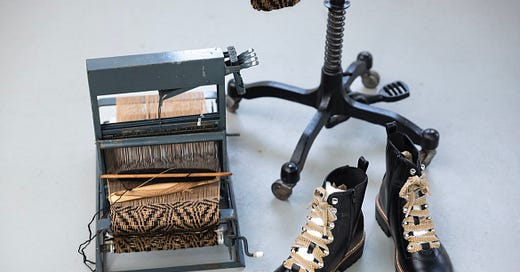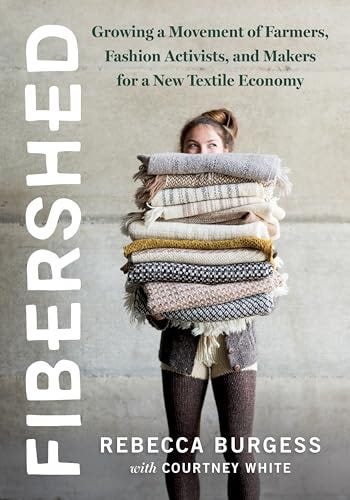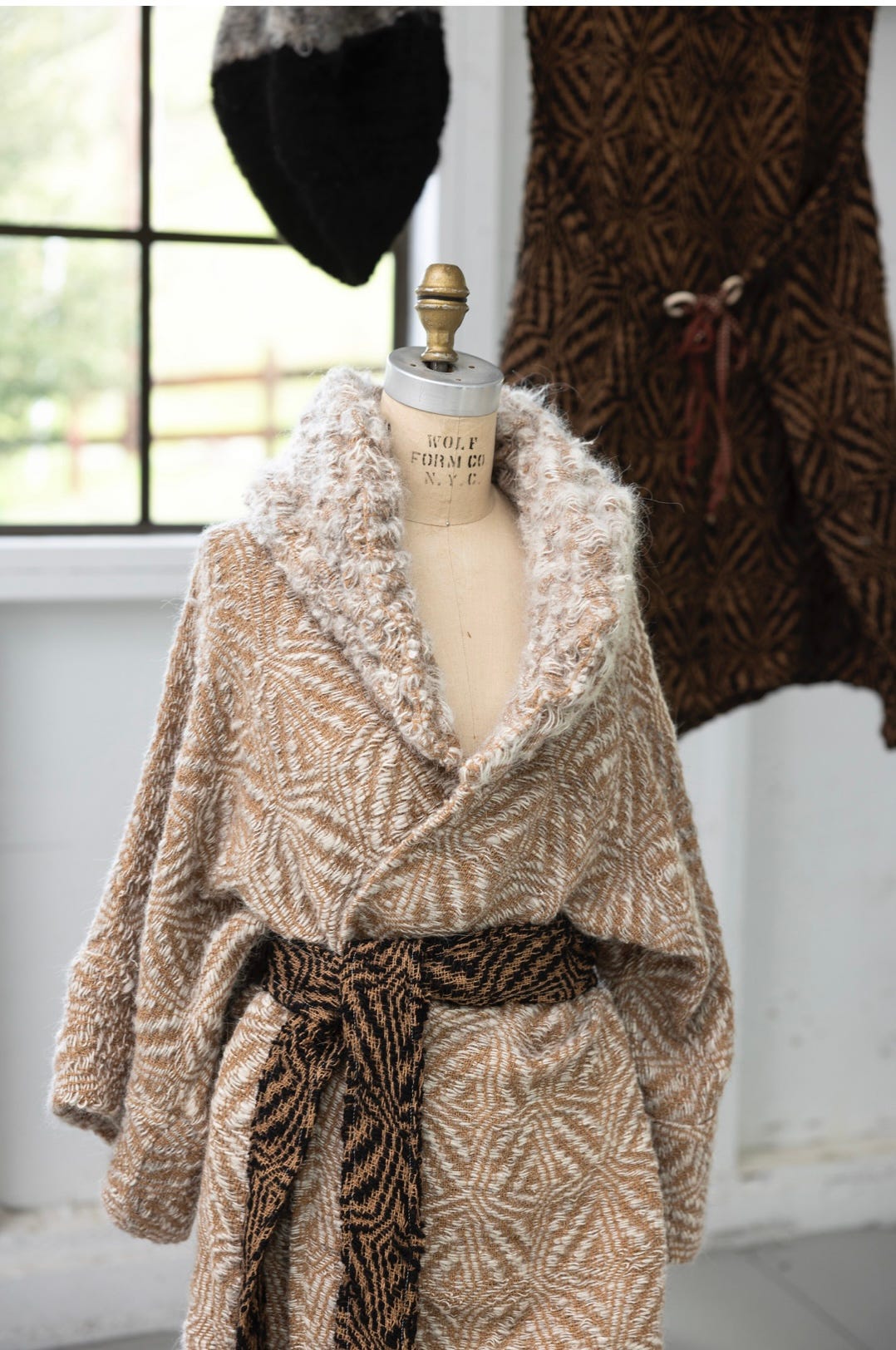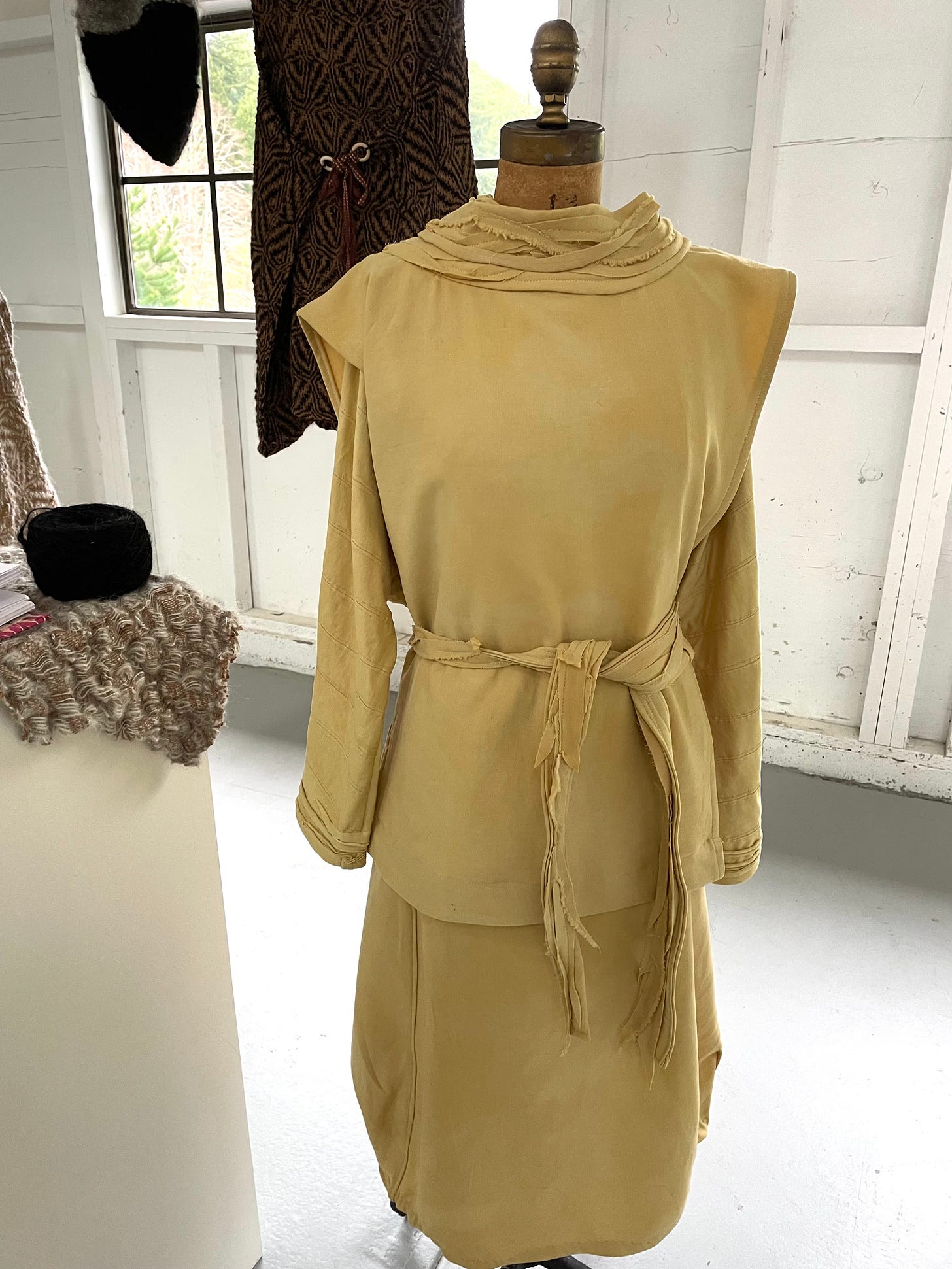Do You Wear Clothes?
If so then I hope you’ll read about Fibershed, a visionary nonprofit that’s connecting the threads to grow a locally based textile economy for all of us
The latest Fibershed newsletter provides a comprehensive look at the many “farm to closet” projects Fibershed has been involved in and supported. It’s a great read, you can find it here:
https://us10.campaign-archive.com/?e=daf8e48526&u=4dfa1c5c424bc192cf7665ba3&id=7454c7b0a5
I first learned about Rebecca Burgess when i read her 2019 book Fibershed: Growing A Movement of Farmers, Textile Activists and Makers for a New Textile Economy. If you search for her name the next time you are browsing through podcasts, you will discover several interviews with her. She is a visionary with gifts for building collaborative coalitions that reach across all of these fields.
Fibershed asks us to take a closer look at the clothes in our closets and the environmental and human impacts of wearing natural vs synthetic fibers; disposable fast fashion; and the linkages needed to achieve a “farm to closet” local economy. They have implemented numerous projects to build the missing linkages and connect the farmers, manufacturers, water and environmental government agencies, textile activists, makers and consumers in collaborative partnerships.
I was so inspired by all I was seeing Fibershed doing that, as many of you know, I participated in the year long Fibershed Borrowed from the Soil Design Challenge, where designers snd makers spent a year designing and constructing garments with materials completely sourced from Northern and Central California. The Fibershed staff and partners provided us with tremendous technical support all along the way, including tours of a farm and cotton gin in central California that is producing climate beneficial cotton, while maintaining a huge wetland riparian area (which I had driven by all the time, never realizing what it was).
If you search through my facebook posts from early 2024 you can see photos of the garments i handspun with local shetland wool from Cecilia Parsons/Snack Size Sheep and karakul wool raised by Babette Turk of Hexenwald Ranch. I wove fabric from the handspun wool yarn and added natural colors of cotton yarn from Sally Fox/Foxfire Colorganic. Many of you weavers will recognize that the weaving draft I used is called “Jitterbug” and was designed by the amazing Bertha Gray Hayes back in the days when the jitterbug dance was so popular. I had fun creating a pattern for the coat that would bring Jitterbug into the modern day but still ties back to its roots. (Soon I will write a post all about Bertha Gray Hayes so you can get to know her better.)
I sewed a coat and jumper from the fabric and also dyed some California produced jersey fabric with local Three Rivers pomegranates from Grace Webb to design and create a glowing gold three piece outfit that makes me feel like i just arrived from a scene in Andor when i wear it.
One of the driving principles of the design challenge was to try to achieve zero waste by using up your scraps of leftover fabric. The collar, sleeves and belt of the gold outfit are embellished with leftover selvedge strips of fabric (you can see the fringe from the selvedge edges) and I have also couched more strips on the shirt underneath the vest/tabard to add texture.
The attached newsletter notes that Fibershed is pivoting. They are doing vital work and I am excited to see where they are headed next.







